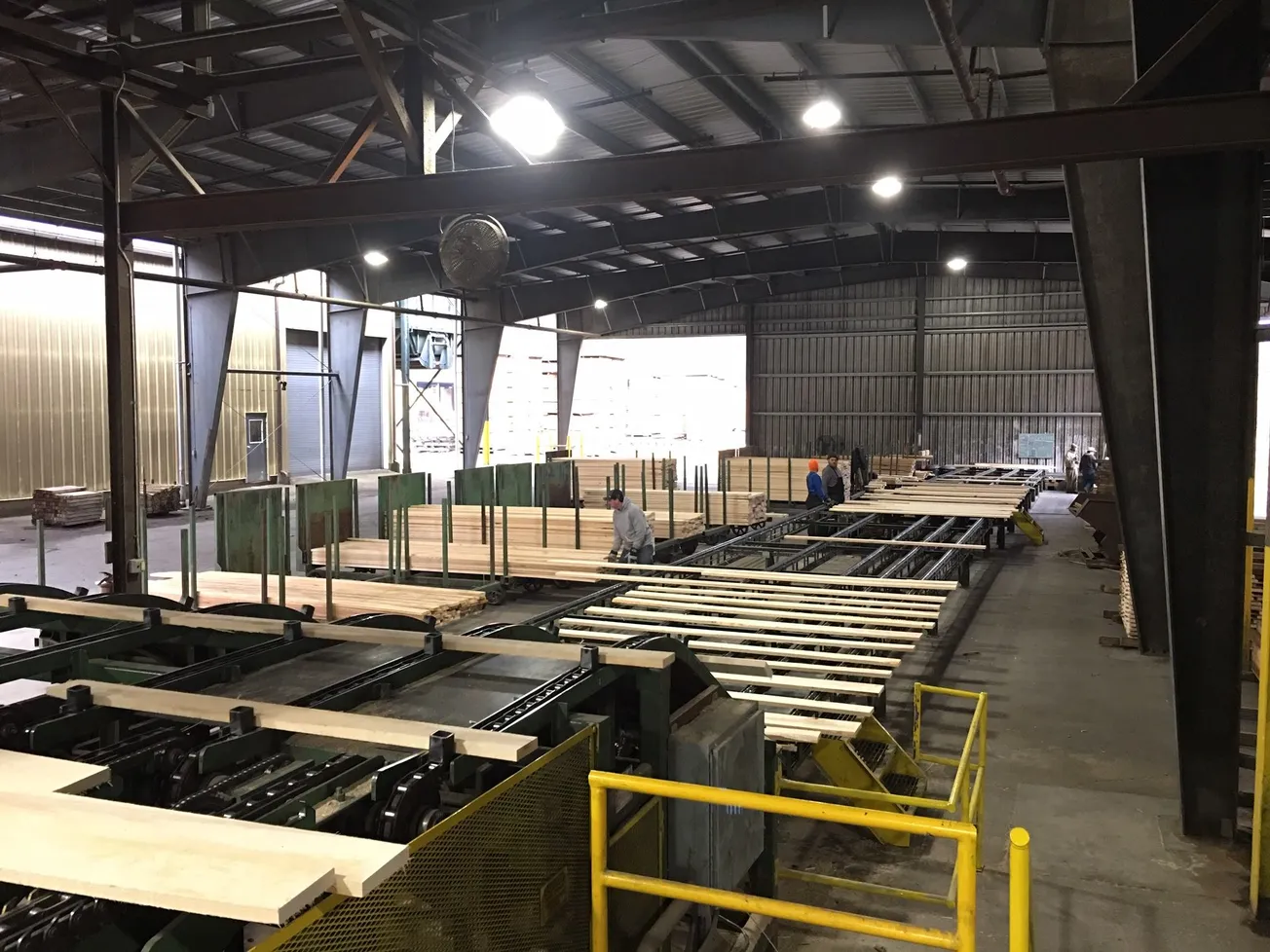Table of Contents
Expenditures for improvements and repairs to the owner-occupied housing stock are expected to grow throughout 2022 and into early next year, but at a decelerating pace, according to the most recent Leading Indicator of Remodeling Activity by the Remodeling Futures Program at the Joint Center for Housing Studies of Harvard University.
The LIRA projects year-over-year increases in residential renovation and maintenance spending will peak at 19.7% in the third quarter of this year before sliding downward to 15.1% in the first quarter of 2023.
“Massive increases in house price appreciation and the resulting levels of tappable home equity will continue to support remodeling activity this year and into next,” said Carlos Martín, project director of the Remodeling Futures Program. “Many other market indicators including existing home sales, renovation permitting, and retail sales of building materials also continue to grow at high, albeit slowing, rates.”
“The level of annual expenditures for home improvements and repairs is set to expand to nearly $450 billion by the first quarter of 2023,” added Abbe Will, associate project director of the Remodeling Futures Program. “Yet, the rising costs of project financing, construction materials, and labor, as well as growing concerns about a broader economic slowdown or recession may further slow remodeling growth.”
Year-over-year spending growth held steady at 1-3% from 2019-Q4 to 2020-Q4 followed by a gradual acceleration to 11.5% in 2022-Q1; growth is projected to accelerate faster to a peak of 19.7% through 2022-Q3 before softening to 15.1% in 2023-Q1. Annual spending levels are expected to increase from $391 billion through 2022-Q1 to $449 billion through 2023-Q1.






